Accuracy or Fluency Tasks?
Use what you know about the differences between accuracy and fluency tasks to analyze the following activities. Identify the principle skills involved (read, writing, listening, speaking) and decide whether you consider the activity to be more accuracy focused, more fluency focused, or balanced. Of course, you can always say "it depends on the context" but be sure to justify your reasons. Take notes of the most interesting tasks in your handout.
1) Five Minute Journal Writing:
Students are told to write in their notebook for 5 minutes about their childhood pet (the topic of the lesson) then summarize the main ideas of their text orally to a partner.

2) 4/3/2 stories:
Students are given two minutes to prepare a short speech about an environmental issue in their city or community. When they are ready, students find a partner and tell their speech for 4 minutes without stopping. Then they switch partners and say the same information in 3 minutes. Students make a final switch and say the same information in 2 minutes.
3) Spot the Differences:
Students are put in pairs and each are given a worksheet with a drawing of a living room. There are 6 differences between the two drawings and students have to ask each other questions about existence and placement of items in the room to practice prepositions of place and house vocabulary.


4) Send the Best Recording:
For homework students record their voice on their cellphone speaking freely about their hobbies for 45 seconds. They should listen to their recording and then record a second version. They should record at least three times and choose the best one to send to the teacher for feedback.

5) Dictation writing:
The teacher reads a short text containing vocabulary from the previous unit at a natural speed. Students listen and write the sentences they hear in their notebooks then compare their text with a partner to look for differences before the teacher repeats the dictation and projects the original text on the board.
6) Do as I Say:
A student reads sentences he/she wrote containing actions (vocabulary related to cooking) and partners act out a corresponding gesture. The student reads the sentences faster and faster and in a random order and the partners listen to complete the matching gesture as fast as they can.

7) Telephone Dictation:
Students stand in two single file lines facing the board. The last person in each line reads a sentence containing either contracted or full forms of the verb "to be" or the auxiliary "can" in affirmative and negative and whispers it to the person in front of him/her. Students pass the message along until it reaches the last person who runs to the board to write what he/she heard. After all the sentences have been written, the students compare their results with the original.
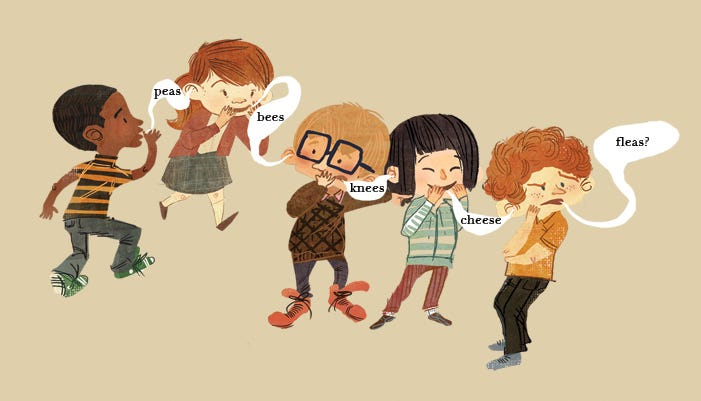

8) Information Transfer:
Students listen to a conversation between a boss and her assistant and complete a chart with details related to her itinerary for an upcoming business trip.
9) Describe and Draw:
Students are studying the topic of clothing. They get in trios and one student is given one page from a clothing catalogue. He/she describes the clothing item to the other two students who make drawings based on what they hear. Afterwards, the students compare the two drawings and the original catalogue image to see which is most similar.
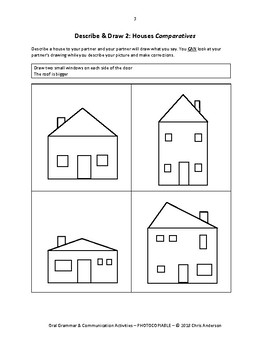

10) Proofreaders:
Students work in pairs to examine a sample paragraph provided by the teacher, underline mistakes related to grammar and word choice, and write suggested corrections.
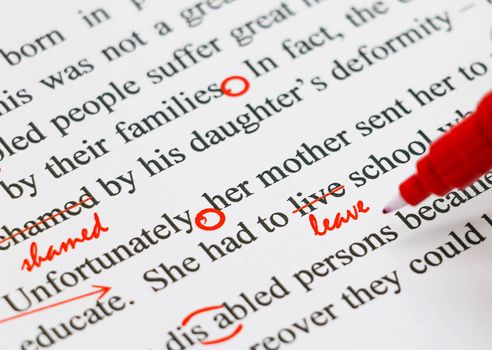

12) Disappearing Dialogue:
Students work in pairs to read a short dialogue projected on the board as naturally as possible. Every minute the teacher removes a few words and students have to continue reading the dialogue naturally and include the missing words based on their memory. Eventually, most of the dialgue is missing from the board.
:max_bytes(150000):strip_icc()/the-final-piece-of-the-puzzle-502197355-5a09fcfc4e4f7d0036835fd2.jpg)
13) True/False with a Choice:
Students read a text about a scientific discovery in the ocean and answer a series of comprehension questions. They have three options: true/false/opinion or true/false/not stated.


14) Anectdote Sharing:
Students listen to an interview of a man telling a humorous story about an embarrassing moment he had in school. Afterwards, students discuss their own embarrassing memories from their school days.


15) Gap Fill:
Students go to the activeboard to write missing verbs in a paragraph using either past simple or present perfect forms before checking their answers with the teacher.
Student listen to short audio clip and work in pairs to paraphrase what they heard. Pairs read their paraphrased summaries to the rest of the class who vote for the pair that had the best summary. This process repeats several times with different audios.
17) Recorded Gap Fill:
Students listen to a dialogue between two people. Each line contains a missing possessive pronoun or adjective (grammar from the unit) hidden with a beep sound. Students write the missing word.
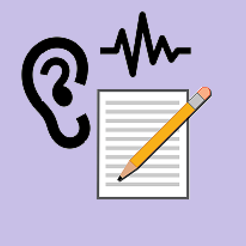
18) What did he say?:
Students listen to voicemail messages from clients and write what they said in an email to their boss using reported speech.

19) Text Conversation:
Students carry out a text conversation on Whatsapp in order to make plans for the weekend. Later students exchange phones and review the chat logs of their partners.
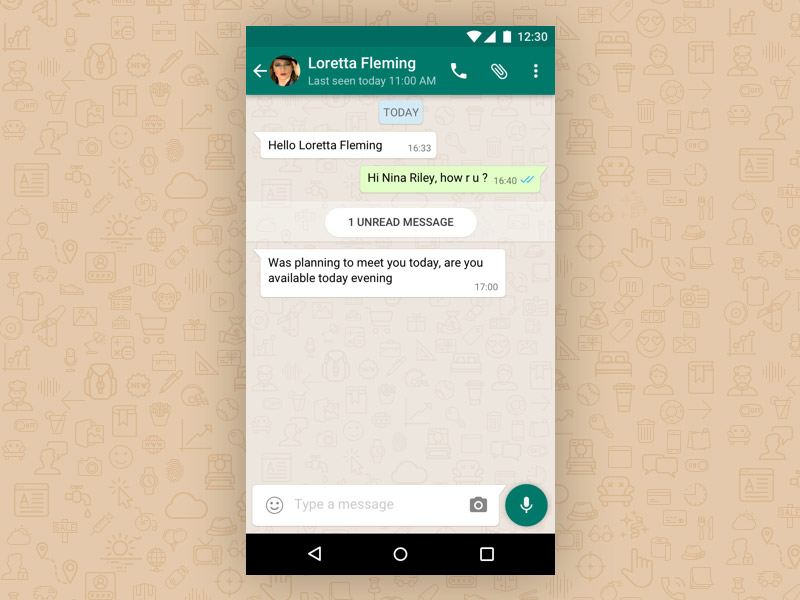
20) Telephone Operator:
Students mingle around the room and find a partner. They stand back to back and ask each other for basic personal information like their ID number and the spelling of their name. After writing down the information, the students read the info back to their partners to confirm it is correct.

21) Read-a-thon:
Students from an intensive class participate in the read-a-thon at the Mark Twain Library by selecting a graded reader to read in their free time. Once a week the teacher dedicates 10 minutes of classtime to sustained silent reading. Students read their books individually and then spend 5 minutes talking with a partner about the topic of their book and the part the chapter they are currently reading.





